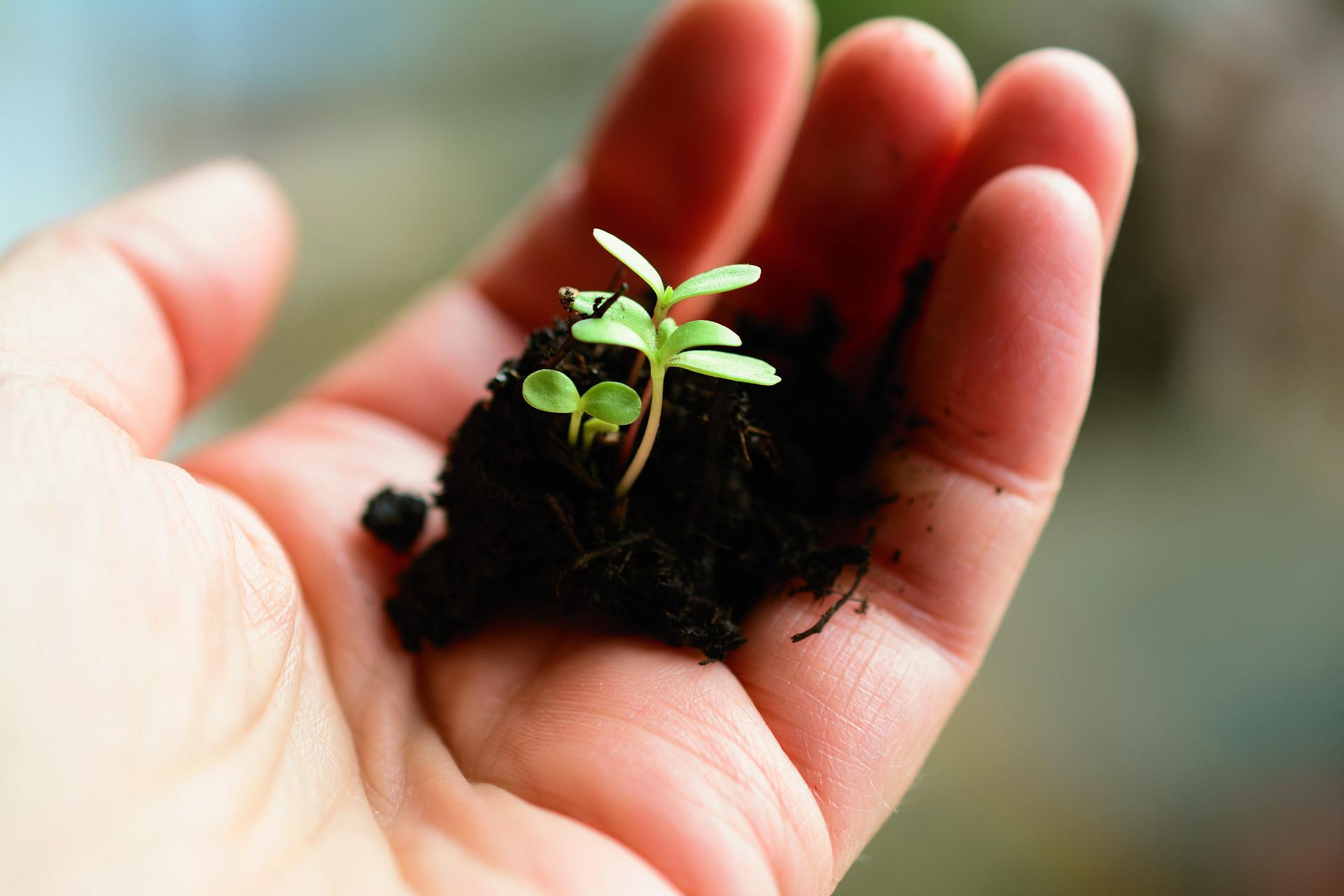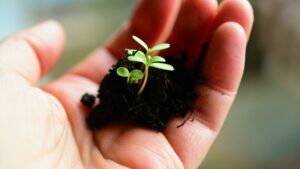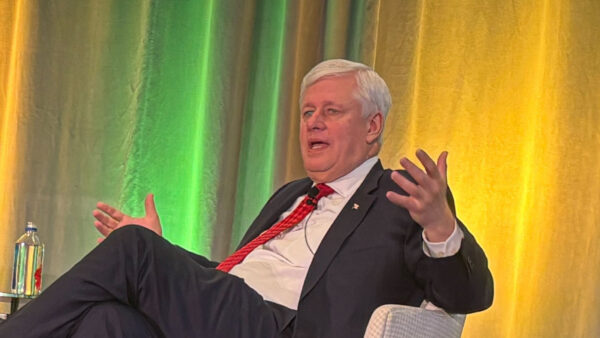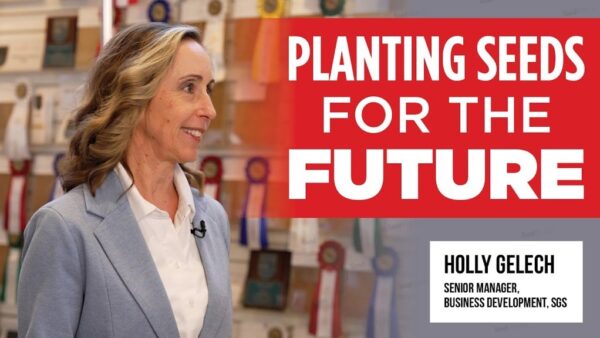The whole world is discussing the sustainability of food systems in the run up to the United Nations Food Systems Summit (UNFSS) in September 2021. It is good to look at the whole food chain as a system where the weakest link defines its strength. As the system starts with seeds, the question arises what are “sustainable seed systems?” In my view, these are systems that over time secure the availability of affordable seeds that can yield acceptable quantities of preferred product quality.
How to do this? The UNFSS will speak about a diversity of seed systems that farmers use in different parts of the world and how these affect Food Systems. By identifying the main operators in these seed systems, we can analyse their performance in terms of sustainability.
The public seed multiplication and distribution systems that sprung up during the second half of the Green Revolution under the leadership of the FAO and World Bank in the Global South appeared utterly unsustainable. Enormous investments in government farms, contract growing schemes, seed conditioning plants and distribution networks have supported the dissemination of Green Revolution varieties but proved economically unsustainable. Almost all have been sold off, privatized, or otherwise dwindled into oblivion. NGO seed provision systems, notably in (post-) emergency situations, perform poorly with regard to the quality and timely supply of seeds, and the adaptation of varieties to the needs of disaster-struck farmers. Finally, the addiction of aid organisations to continue supply after the actual disaster has shown to kill local seed initiatives by communities and private investors.
What remains are farmers’ and private seed systems. These too have limitations. According to FAO studies, a significant percentage of farmers is unable to save seed for technical or economic reasons and rely on local grain markets that they use as seed. Farmers’ seed supply is also strongly anticyclic: after a good season with dry harvesting conditions, everybody has seeds; after a poor season, farmers neither have seed themselves, nor their neighbours upon whom they would commonly rely. Furthermore, there are challenges with the landraces — once considered perfectly adapted to the conditions where they evolved in — but the diversity embedded in those landraces is not likely to keep up, now that climate change and urbanisation occur at an advanced pace. This does not mean that farmers’ seed systems are irrelevant, but we cannot count on romantic ideas about the 10,000 years that we have all depended on such systems. Those 10,000 years had both periods of prosperity and massive hunger.
Private seed systems are effective and sustainable provided: a) the markets that provide the funds to continue them to operate last, b) sufficient competition to secure innovation and c) a reasonable price can be charged. This means that also these systems have their limitations, i.e., they operate well for commercial seed products like vegetable and hybrid maize seeds but are unable to supply smallholder food security crops like cowpea, fingermillet and many others. This problem is much less in more market-oriented farming systems where farmers can pay, not only for the seed production costs, but also for companies to invest in breeding. In The Netherlands, farmers are in full agreement on the obligation to pay the breeder for the use of farm-saved seed because they realise that breeding is in their own interest!
So, when speaking of sustainable seed systems in terms of seed security for the diversity of farmers, we must admit that also both farmers’ and commercial seed systems have their limitations. This means that there is a need for particularly government and NGO’s, but at times also private sector, to reduce limitations in the farmers’ seed systems that will remain essential for so many. We cannot say that the private sector will resolve all the seed issues as soon as policy hurdles are broken down. Increasing sustainability of farmers’ seed systems could be done through community seed banks, public and participatory breeding, and supporting scientifically bred varieties to be included in farmers’ seed systems. The private sector could also play a role by sharing its knowledge about seed conditioning and allowing its varieties to be shared in near-subsistence farming systems.
Government also has a role to play in making private seed systems more sustainable, mainly through appropriate regulation of seeds and the protection of varieties, and by public-private partnerships in breeding research.
The private sector must admit that it cannot provide all types of seeds to all farmers and that policy space is needed for them. Policies must make sure that the different seed systems can operate side by side. From a farmers’ point of view, obtaining different seeds from a diversity of sources is the only way for “the seed system” to be sustainable.












